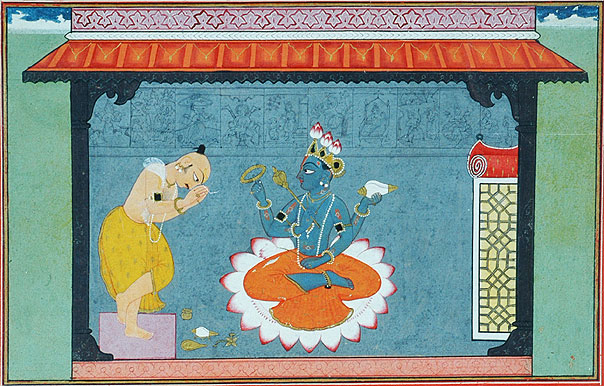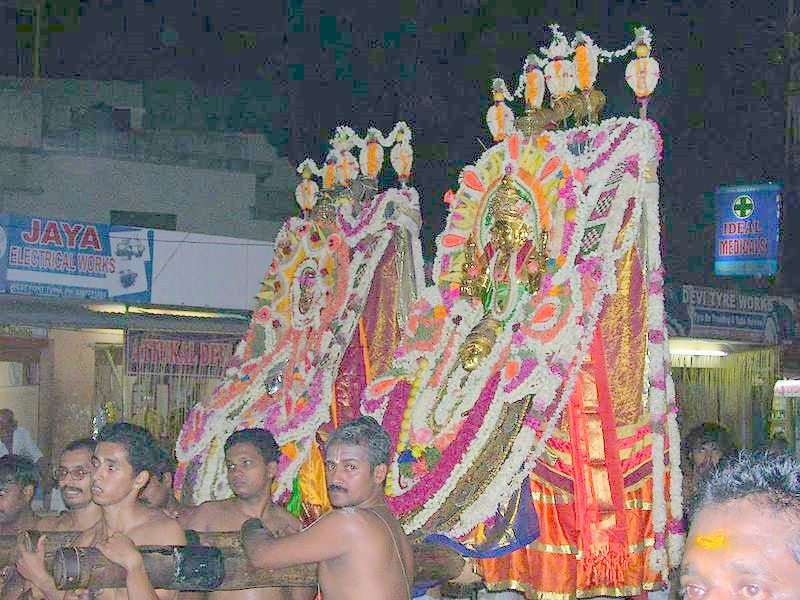The Padmanabhaswamy Temple stands as a profound testament to spiritual and architectural brilliance, nestled in the heart of Thiruvananthapuram, Kerala. Its origins trace back to the 6th century, with the Chera dynasty laying its initial foundations, creating a sacred space that transcends mere architectural marvel and embodies deep spiritual significance.
The temple's architectural narrative is a breathtaking fusion of Dravidian and Kerala styles, characterized by magnificent stone pillars, intricate carvings, and a seven-tiered gopuram that speaks volumes about the artistic mastery of the Venad rulers. Every stone, every carving represents a meticulous effort to create not just a structure, but a living embodiment of divine presence, carefully aligned according to ancient Vaastu Shastra principles.
Spiritually, the temple holds immense significance as one of the 108 Divya Thirupathies, considered "Bhuloka Vaikuntam" or the Earthly Abode of Lord Vishnu. The iconic idol of Lord Padmanabha, crafted from thousands of salagramas and reclining on the cosmic serpent Ananta, represents a profound theological symbolism that connects the earthly realm with divine consciousness.
The Travancore royal family played a pivotal role in shaping the temple's modern identity, with King Anizhom Thirunal Marthanda Varma being particularly instrumental during his reign from 1729 to 1758. Their deep devotion transformed the temple from a mere religious structure into a cultural institution that reflected the spiritual and political dynamics of the region.
Perhaps most intriguingly, the temple is renowned for its mysterious treasures, with its vaults estimated to contain billions of dollars worth of gold, jewels, and precious artifacts. These discoveries have elevated the temple's status from a local religious site to a matter of national and international archaeological fascination, with the Supreme Court of India now overseeing its treasures.
The temple's cultural continuity is remarkable, maintaining traditional rituals and ceremonies that have remained largely unchanged for centuries. The navagraha mandapam, displaying nine cosmic deities, and the intricate brass and granite work serve as living testaments to the unbroken spiritual traditions that have been carefully preserved through generations.
Beyond its physical grandeur, the Padmanabhaswamy Temple represents a complex narrative of spiritual legacy, historical resilience, and cultural preservation. It serves not just as a place of worship but as a living museum that captures the essence of Kerala's rich spiritual and architectural heritage, continuing to inspire and attract devotees and scholars from around the world.
The temple's modern significance extends far beyond its religious roots. It stands as a symbol of cultural continuity, where ancient traditions seamlessly blend with contemporary reverence, offering visitors a profound glimpse into the spiritual and architectural brilliance of a civilization that has cherished its heritage through millennia.








